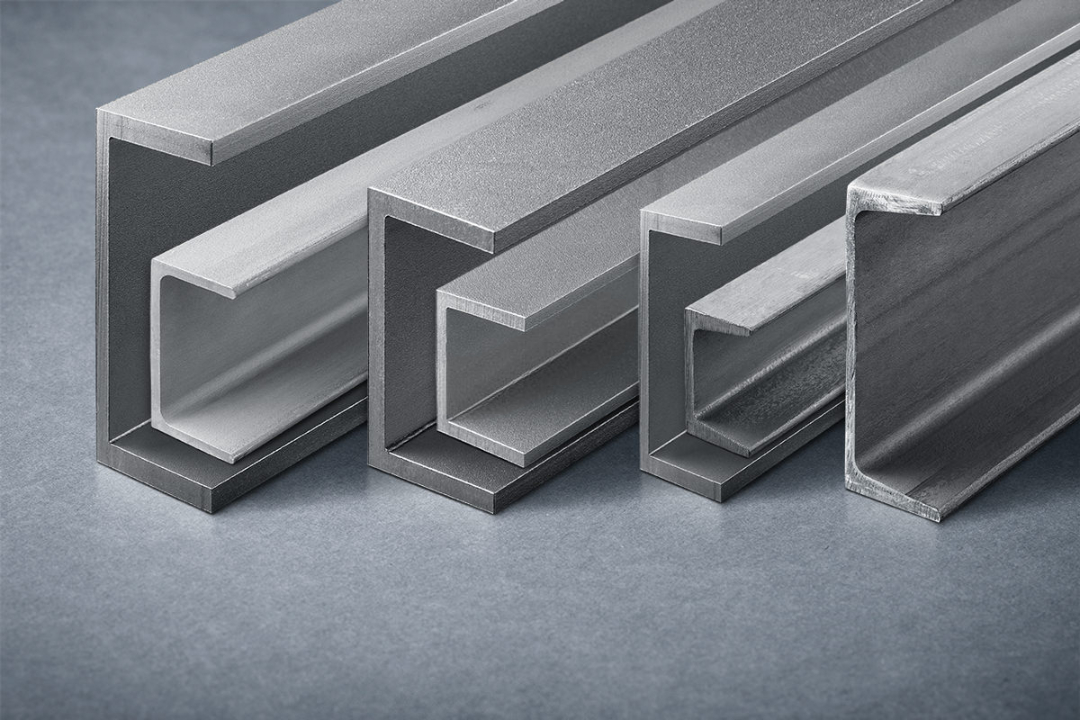Tips for Cutting, Welding, and Fabricating Stainless Steel 304 Channels

Stainless steel is one of the most commonly used materials in industries today. It is strong, durable, and resistant to rust and corrosion. One popular type of stainless steel is 304 grade. This material is widely used to make channels, pipes, plates, and other components. While stainless steel 304 plates are often discussed, stainless steel 304 channels are also important for construction, frameworks, and structural support.
If you are working with stainless steel 304 channels, proper cutting, welding, and fabrication are key. In this blog, we will share easy and practical tips to help you work with these channels efficiently.
What is Stainless Steel 304?
Stainless steel 304 is an austenitic grade of stainless steel. It contains chromium and nickel, which make it strong, rust-resistant, and suitable for many applications. Just like stainless steel 304 plates, channels made from this material are used in construction, machinery, and manufacturing industries.
Tools Needed for Working with SS 304 Channels
Before we look at the tips, here are some basic tools and equipment that are commonly used:
- Cutting saw (cold saw, band saw, or plasma cutter)
- Grinder or deburring tool
- Welding machine (TIG or MIG)
- Measuring tape and marking tools
- Clamps and protective gear
Always ensure your tools are sharp and clean. Dull tools can cause rough edges and may damage the material.
Cutting Stainless Steel 304 Channels
Cutting stainless steel can be tough if not done correctly. It is harder than regular steel, so proper cutting methods are important.
Tips for Cutting:
- Use the Right Saw
Use a band saw or cold saw with a blade made for cutting stainless steel. These give clean cuts and reduce heat buildup. - Keep it Cool
Stainless steel heats up fast. Too much heat can cause discoloration and harden the steel, making it harder to cut. Use cutting fluids or coolants when necessary. - Secure the Channel
Use clamps to hold the channel firmly in place. This ensures straight cuts and avoids movement that may damage the piece. - Mark Clearly
Use a marker or chalk to draw the cutting line. Measure twice and cut once to avoid mistakes. - Clean the Edges
After cutting, use a grinder or file to smooth the edges. This removes burrs and sharp points.
Welding Stainless Steel 304 Channels
Welding is the process of joining metal parts together. For stainless steel 304, proper welding ensures strong joints and keeps the material from rusting at the weld spots.
Tips for Welding:
- Choose the Right Welding Method
TIG (Tungsten Inert Gas) welding is best for stainless steel. It gives clean and strong welds. MIG (Metal Inert Gas) welding is also used, especially for thicker channels. - Clean the Surface
Before welding, clean the surface to remove oil, dirt, or oxide layers. A clean surface helps get better welds. - Use Suitable Filler Material
Make sure the filler rod or wire matches the stainless steel 304 grade. This ensures the weld remains corrosion-resistant. - Control Heat Input
Use the correct current and voltage. Too much heat can warp the channel or cause discoloration. Keep the heat steady and move smoothly. - Post-Weld Cleaning
After welding, clean the area to remove discoloration or residue. Use a stainless steel wire brush or pickling paste for a clean finish.
Fabricating Stainless Steel 304 Channels
Fabrication includes bending, shaping, drilling, or forming the channels into desired structures.
Tips for Fabrication:
- Plan the Process
Before starting, make a plan. Know the dimensions, angles, and joints needed. This helps in avoiding errors during the process. - Use Proper Bending Tools
When bending the channel, use a press brake or rolling machine that supports stainless steel. Always test on scrap pieces first. - Avoid Cross Contamination
Do not use tools that have been used on carbon steel. This can cause rust on stainless steel surfaces. Keep stainless steel tools separate if possible. - Drill with Care
Use sharp drill bits made for stainless steel. Apply low speed and steady pressure. Use cutting oil to reduce heat. - Support During Forming
When shaping or bending, always support the channel properly. This prevents buckling or damage to the channel walls.
Safety Tips While Working
- Always wear safety glasses, gloves, and protective clothing.
- Use a face shield when grinding or welding.
- Make sure the work area is well-ventilated.
- Keep a fire extinguisher nearby when welding or cutting.
- Do not touch freshly welded areas without checking the heat.
Safety should always come first, whether you’re cutting stainless steel 304 plates or welding channels.
Common Mistakes to Avoid
- Using wrong blades or cutting tools
- Skipping cleaning before welding
- Using high heat settings during welding
- Not measuring correctly before cutting or bending
- Using contaminated tools that cause rust marks
Avoiding these mistakes saves time, material, and labor costs.
Final Thoughts
Stainless steel 304 channels are strong and reliable, just like stainless steel 304 plates. With proper cutting, welding, and fabrication techniques, you can get smooth, clean results and long-lasting performance. Always use the right tools, take your time, and follow safety guidelines. Whether you’re building a frame, structure, or support system, these tips will help you handle stainless steel 304 channels the right way.



